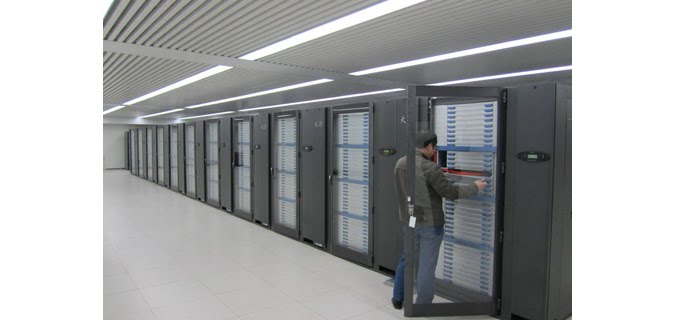
In late October, China unveiled the world’s “fastest” super computer, the Tianhe 1A. Tianhe 1A runs on more than 7,000 American made nVidia graphics chips and over 14,000 traditional CPUs. It can make well over 1,000 trillion calculations per second and can get up to 4.7 petaflops at peak performance.
And this is all well and good, but around the world there are at several systems currently being planned or under construction that will surpass the Tianhe 1A in power and speed. In the U.S., the University of Illinois’ National Center for Supercomputing Applications is developing a system called
Blue Waters:
http://www.ncsa.illinois.edu/BlueWaters/system.html , which will be capable of at least 1 petaflop of sustained performance, and up to 10 petaflops at peak performance.
Running on power7 multicore processors from IBM, the system also boasts super efficient interconnect chip technology that will serve as a gateway between the power7 processors and allows the processors to communicate with each other. All this power will be devoted to scientific research: from making predictions in biology and astrophysics, to simulating engineered systems.
The Lawrence Livermore National Laboratory is also working with IBM to create a 20 petaflop supercomputer called “Sequoia” that will gear up in 2011 and be running quadrillions of scientific computations per second in 2012. This supercomputer will take over the duties of running the weapons simulation codes to “ensure the safety, security, and reliability” of nuclear weapons in America. (according to a 2003 paper submitted by the Lawrence Livermore National Laboratory). Looks like China’s going to need a few more processors.
(PCW)




 Total Members: 14197
Total Members: 14197








